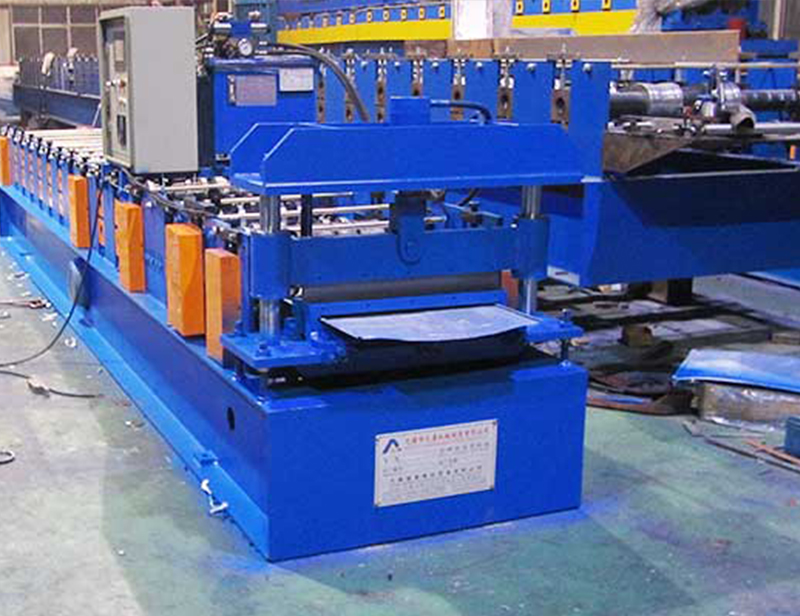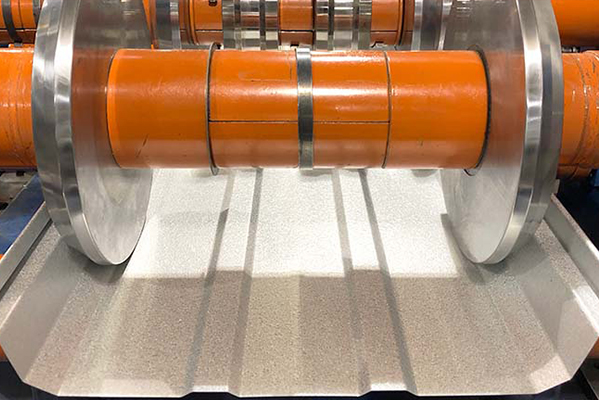Navigation Menu
Contact Us
- Email:
- info@wxavatar.com
- Address:
- Yurong Village, Yuqi Street, Huishan District, Wuxi, China.
Release Date:Apr 22, 2025 Visit:67 Source:Roll Forming Machine Factory
Roll forming is a precision metal fabrication process that involves bending a continuous strip of metal into a desired cross-sectional profile. Achieving consistent quality in roll-formed products requires adherence to specific tolerance standards. This article outlines the typical tolerances in roll forming and the factors that influence dimensional accuracy.

Common Tolerance Ranges
Tolerances in roll forming vary depending on material type, thickness, and part complexity. Typical industry standards include:
Thickness Tolerance: Generally within ±0.005 to ±0.015 inches (±0.13 to ±0.38 mm), depending on material specifications.
Width Tolerance: Typically ±0.010 to ±0.030 inches (±0.25 to ±0.76 mm) for standard profiles.
Length Tolerance: Often ±1/32 to ±1/16 inches (±0.8 to ±1.6 mm) for cut-to-length parts.
Straightness Tolerance: Usually within 0.010 inches per foot (0.83 mm per meter) for most applications.
Bend Angle Tolerance: Typically ±1° to ±2° for standard bends.
Factors Affecting Tolerance
Several factors influence the achievable tolerances in roll forming:
Material Properties – Variations in hardness, elasticity, and thickness can affect forming consistency.
Tooling Condition – Worn or misaligned dies and rolls may lead to deviations.
Machine Precision – The rigidity and alignment of the roll forming equipment impact accuracy.
Process Control – Proper speed, tension, and lubrication contribute to consistent results.
Industry Standards
Many manufacturers follow established standards such as:
ASTM A568 (for steel sheet tolerances)
ISO 2768 (general geometrical tolerances)
Custom specifications based on customer requirements

Conclusion
Tolerances in roll forming are carefully controlled to ensure part functionality and fit. While standard ranges exist, specific applications may require tighter or looser tolerances based on design needs. Manufacturers optimize processes to maintain consistency while balancing cost and efficiency.
By understanding these tolerance guidelines, engineers and designers can better specify requirements for roll-formed components.